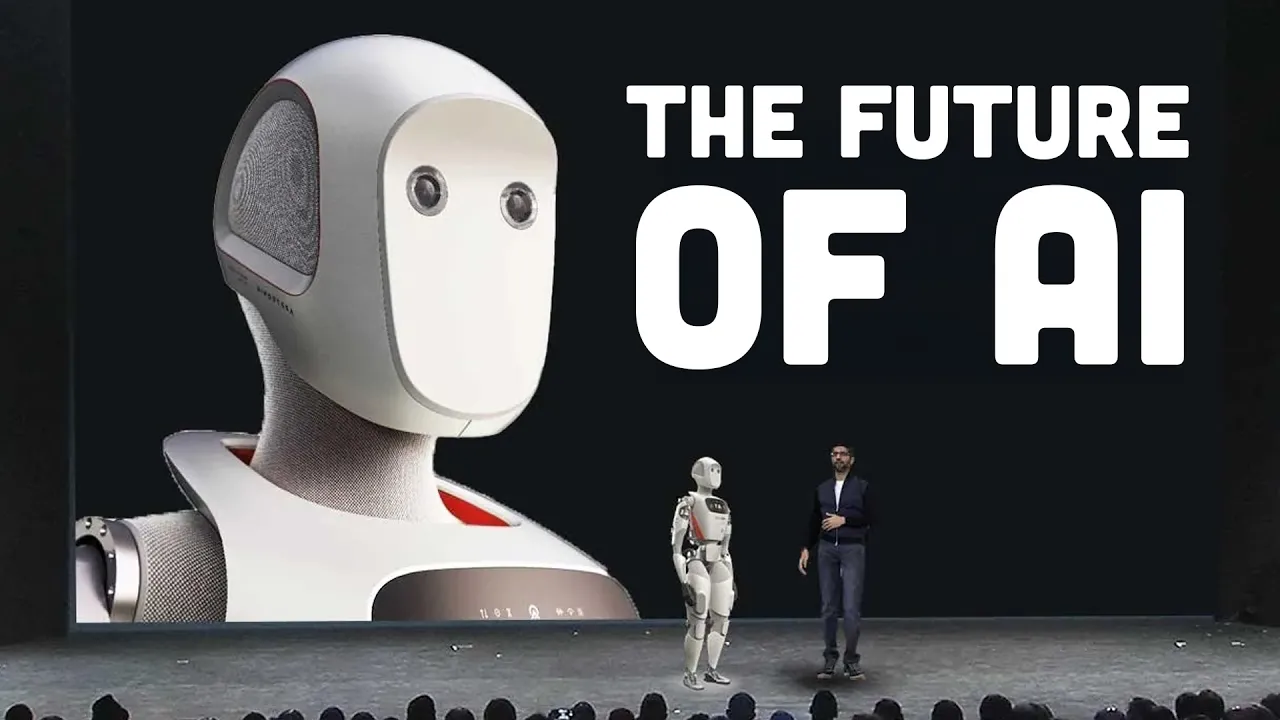
We've spent years marveling at the capabilities of large language models, but the next wave of AI innovation is happening in robotics. Large Behavior Models (LBMs) are driving a revolution in how robots interact with the world, bringing unprecedented adaptability and capability to mechanical systems. This breakthrough technology is making robots more capable, collaborative, and accessible than ever before.
What Are Large Behavior Models?
Think of LBMs as the real-world equivalent of LLMs. While language models predict text, LBM technology predicts physical actions. These sophisticated systems take inputs from camera feeds, joint angles, and even natural language prompts to determine what actions a robot should take next. The result is robots that can adapt to new situations rather than just following pre-programmed scripts.

For developers and engineers, LBM systems represent an exciting shift in robotics. Just as we witnessed with GPT models, LBM application is reaching a tipping point where scaling data and compute power is leading to genuine breakthroughs. Research from Toyota Research Institute shows that with just a few hundred hours of diverse training data, robots require significantly less fine-tuning—a finding with profound implications for practical development.
Helix: LBM Technology in Action
One of the most impressive demonstrations of LBM systems comes from Figure AI's Helix project. This advanced system combines vision, language understanding, and action prediction into a single model. The capabilities are remarkable—you can simply tell the robot to "Pick up a mug," and it will locate the mug, plan its approach, and successfully grasp it, even if it has never encountered that specific mug before.
What makes Helix particularly impressive is its engineering architecture. The system controls an entire upper body, including fingers, at 200Hz—all running on embedded GPUs. This isn't just a lab demonstration; it's practical technology that could soon find applications in real-world settings.
The Two-Layer Approach
Helix employs a clever two-layer system that balances high-level reasoning with rapid response:
- A slower "thinking" layer that processes vision and language at a few frames per second
- A fast "reflex" layer running at 200Hz to control the robot's joints in real-time
This architecture allows robots to understand higher-level goals while reacting instantly to their environment—a beautiful example of combining strategic planning with tactical execution that has applications beyond robotics.

The Scaling Advantage of LBM Projects
Perhaps most exciting is how LBM technology scales across multiple robots. In demonstrations, two robots using the exact same model weights can coordinate complex tasks—putting away groceries, passing objects back and forth—without additional training. This isn't just coordination; it demonstrates how a single model can power an entire fleet of robots, with skills shared across machines.
For developers, this evokes the excitement of the early days of large language models. LBM systems are reaching an inflection point where the technology is becoming accessible enough for broader adoption while delivering increasingly impressive results.
Getting Started with LBM Application Development
While LBM technology might seem dauntingly complex, several open-source projects make it surprisingly approachable for developers interested in exploring this field.

The Okay Robot project offers an open and modular framework for language-conditioned pick-and-place tasks in home environments. It demonstrates how to connect perception, planning, and control using off-the-shelf models and affordable hardware—making it an excellent starting point for hands-on experience with LBM concepts.
Resources for LBM Development
- Simulation environments like Isaac Gym or Mujoco for testing without physical hardware
- Open-source LBM projects for practical implementation examples
- Research papers from organizations like Toyota Research Institute and Figure AI
- Online communities focused on robotics and machine learning applications
For developers serious about exploring this technology, experimenting with simulation environments provides a low-barrier entry point. The skills developed today could contribute to the first generation of robots that truly work alongside humans in everyday settings.
The Future of LBM Systems
What makes LBM technology particularly exciting is that it's not just for billion-dollar labs. The performance achieved by systems like Helix with relatively modest training data (around 500 hours of teleoperated data) suggests that smaller teams and open-source groups could realistically develop similar capabilities.
As LBM research groups continue to refine these models, we can expect to see increasingly sophisticated robotic applications in manufacturing, healthcare, home assistance, and countless other fields. The barrier to entry for robotics development is lower than ever, making this an ideal time for developers to explore this rapidly evolving field.
Conclusion
Large Behavior Models represent a fundamental shift in robotics development, bringing the adaptability and learning capabilities of AI to physical systems. Projects like Helix demonstrate that we're entering an era where robots can understand natural language instructions, adapt to new environments, and work collaboratively with minimal specialized programming.
For developers, the parallels to the early days of large language models are clear. We're witnessing the beginning of a new wave of AI applications that will transform how we interact with machines in the physical world. Whether you're an experienced robotics engineer or a curious developer looking to expand your skills, LBM technology offers an exciting frontier with tremendous potential for innovation.
Let's Watch!
How LBM Technology is Revolutionizing Robotics Development
Ready to enhance your neural network?
Access our quantum knowledge cores and upgrade your programming abilities.
Initialize Training Sequence